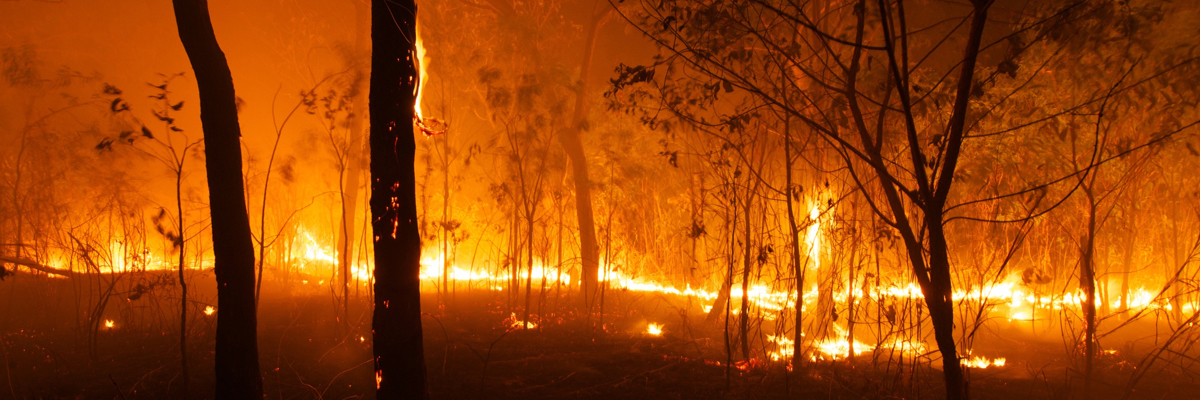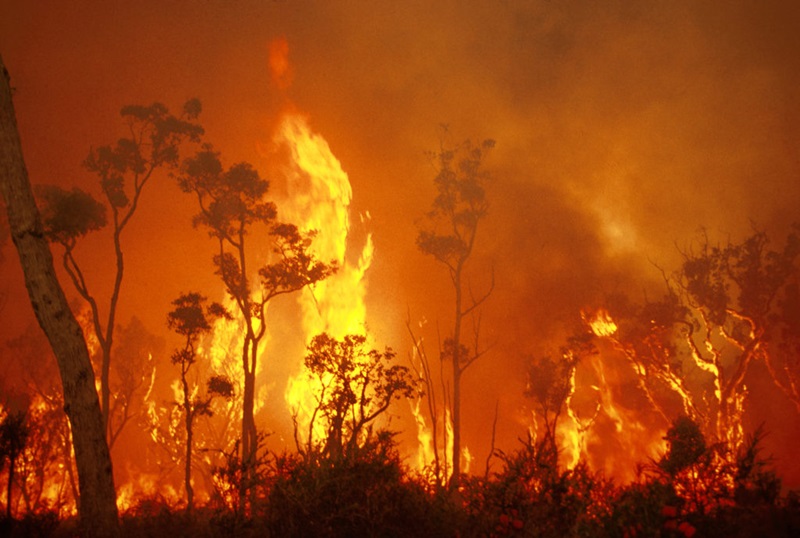Beyond Conformity: Enhancing Property Safety And Security with a Thorough BAL Report Evaluation
Beyond Conformity: Enhancing Property Safety And Security with a Thorough BAL Report Evaluation
Blog Article
Ensuring Bush Fire Security With Appropriate BAL Report Analysis
In the realm of bush fire defense, the meticulous analysis of Bushfire Strike Degree (BAL) records stands as a keystone for securing properties versus the terrible impact of wildfires. With environmental aspects and property characteristics playing substantial functions in identifying the degree of threat, a thorough understanding of BAL ratings ends up being critical. Nevertheless, the real essence lies not simply in comprehending these records but in deciphering them properly to develop tailored fire security approaches. By diving right into the significance of BAL report analysis, we reveal a realm where notified choices pave the course towards bolstering residential property security and resilience in fire-prone regions.
Recognizing Bushfire Attack Degree (BAL)
In the world of bushfire security, understanding the Bushfire Attack Degree (BAL) is extremely important for making certain efficient reduction approaches. BAL is a system used to gauge the prospective threat a structure may face from a bushfire. It takes into consideration aspects such as the sort of plants, the slope of the land, the Fire Threat Index, and the Fire Extent Index. Understanding the BAL ranking of a building is critical for home proprietors, policymakers, and builders to execute appropriate actions to safeguard versus bushfire threats.

Relevance of BAL Record Evaluation
An essential element in bushfire protection planning includes the comprehensive evaluation of BAL reports to evaluate the possible risks and identify appropriate reduction strategies. BAL records supply critical info about the potential effect of bushfires on a property based on various aspects such as plant life kind, range to possible fire hazards, and slope of the land. Analyzing these reports with precision is extremely important in developing reliable bushfire defense procedures customized to the particular threat account of a property.
Executing Fire Protection Measures
Implementing efficient fire protection procedures is crucial for securing properties in bushfire-prone locations. Among the primary ways to improve fire protection is by creating defensible space around structures. This involves cleaning combustible plants, such as completely dry leaves and branches, within a certain radius of the building. In addition, installing fire-resistant roof materials can help in reducing the threat of cinders igniting the roof covering throughout a bushfire. Effectively kept displays and rain gutters are additionally vital to stop debris buildup that can fuel a fire.
Moreover, having a ample and properly maintained supply of water, such as a container or pool, can aid firemans in their efforts to shield the building. It is essential to have a clear discharge strategy in place and to make certain that all residents know with the procedures. Furthermore, having firefighting devices conveniently available, such as hose pipes and fire extinguishers, can help in taking on small area fires before they escalate. Generally, applying a combination of these fire security measures can significantly increase the possibilities of protecting residential or commercial properties throughout bushfire events.
Mitigating Threats in Fire-Prone Areas
To fortify residential properties versus bushfire risks, a tactical emphasis on mitigating dangers in fire-prone areas is important. One critical aspect of risk reduction is preserving defensible room around residential try here properties by removing flammable greenery, ensuring appropriate spacing in between trees and frameworks, and using fire-resistant landscaping practices.
Additionally, creating or retrofitting structures with fire-resistant materials and making sure proper maintenance of roof coverings, gutters, and external cladding can substantially improve the residential property's strength to bushfires. Exercising a bushfire and establishing emergency strategy with all residents, including discharge procedures and interaction techniques, is additionally crucial in mitigating risks properly. By embracing a positive approach to take the chance of reduction in fire-prone areas, building owners can much better safeguard their assets special info and boost overall bushfire preparedness.
Ensuring Building Security and Strength
Making certain the safety and strength of homes in fire-prone locations calls for an unfaltering commitment to durable preventative actions and critical planning. Home safety starts with applying efficient measures to minimize fire dangers.
Strength, on the other hand, includes the capacity of a home to recuperate and hold up against from a bushfire. By proactively attending to these elements, home proprietors can better shield their possessions and liked ones from the danger of bushfires.
Verdict
To conclude, making sure bushfire protection through proper BAL record analysis is vital for recognizing the degree of threat posed by bushfires and executing required fire security actions. By alleviating threats in fire-prone locations and guaranteeing residential property safety and security and strength, communities and individuals can much better prepare for and react to bushfire events. It is important to prioritize fire precaution to protect lives and home in these risky settings.
In the realm of bush fire protection, the careful evaluation of Bushfire Assault Degree (BAL) records stands as a foundation for guarding properties versus the disastrous effect of wildfires (BAL Report). Understanding the BAL ranking of a property is important for home owners, building contractors, and policymakers to carry out suitable measures to safeguard against bushfire hazards

BAL reports offer essential information regarding the prospective effect of bushfires on a property based on various factors such as vegetation type, range to possible fire threats, and slope of the land (BAL Report). Overall, implementing a mix of these fire defense actions can significantly raise the possibilities of securing properties during bushfire occasions
Report this page